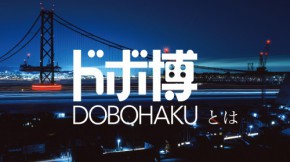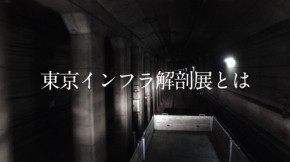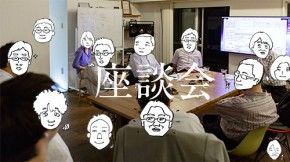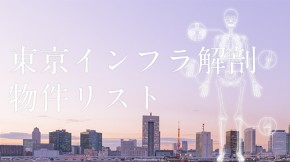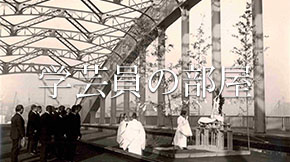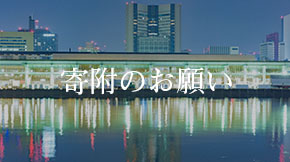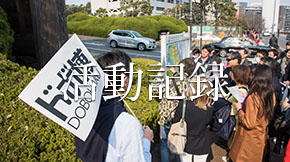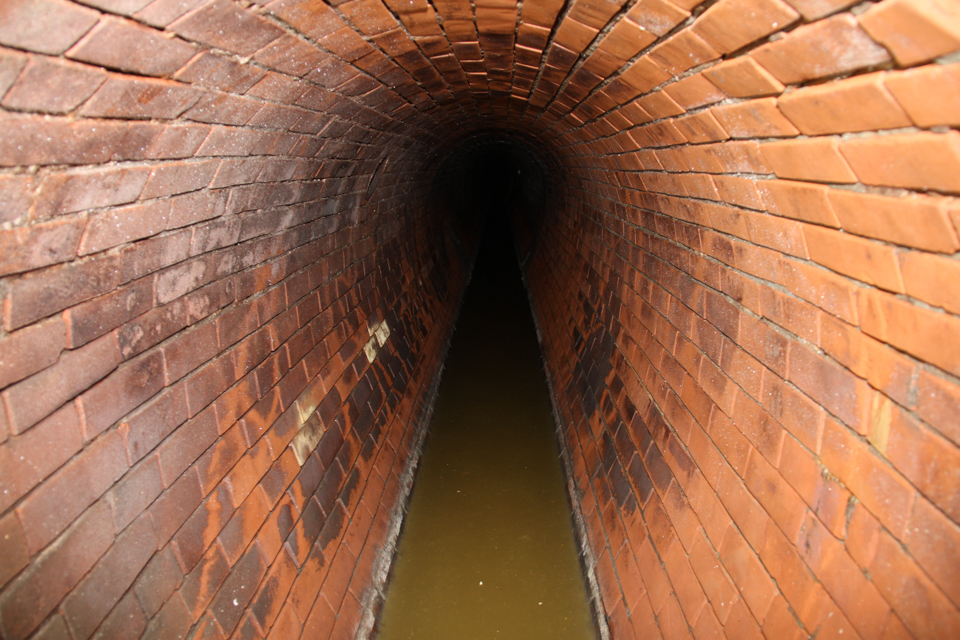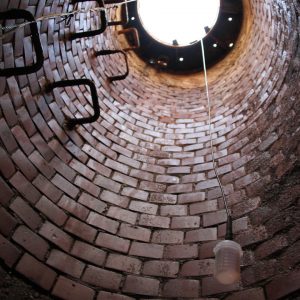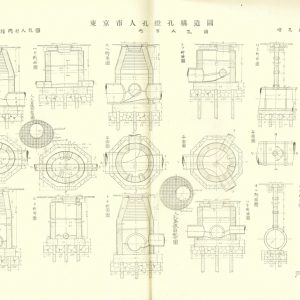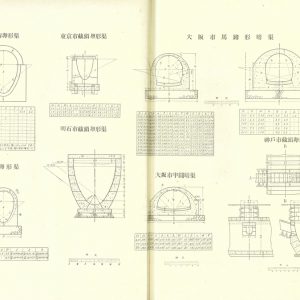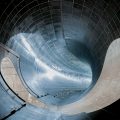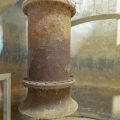Just like the human body, absorption of nutrition alone can not maintain the city’s “health”. In order to maintain “health”, it is also important to properly discharge waste. Collect waste from every corner of the body, detoxify it and discharge it out of the body. In the city, sewerage plays a role of this “urinary system”. Waste to be treated is mainly rainwater and domestic wastewater.
Actually, in Tokyo, there was a wastewater treatment system from the Edo period. However, in the cholera popularized in the Meiji era, a more powerful infrastructure was necessary. In this way, a modern sewer network was built in Kanda, where many victims of cholera had already been issued.
The main drainage system consists of an egg-shaped pipe about 1 km and a circular pipe of about 3.1 km, some of which are still in use. The reason for adopting an egg-shape is that the lower the water level is, the smaller the width of the pipe makes it possible to drain water. This is a type commonly used in the UK and can be confirmed already in foreign settlement in Yokohama and Kobe designed by the British.
Kanda Sewage later connected to a sewage treatment facility to process wastewater. In this way, it evolved into “renal artery” connected to “kidney”. (D.Kitagawa)
| Type | Sewer pipe |
| Location | Chiyoda-ku/Tokyo |
| Structure | Brick |
| Scale | Total extension 4.1 km |
| Completion year | 1884-1885 |
| Manager | Tokyo |
| Remarks | Listed Civil engineering Heritage by JSCE |
